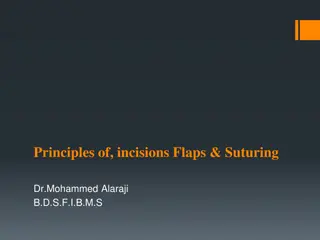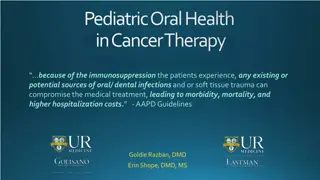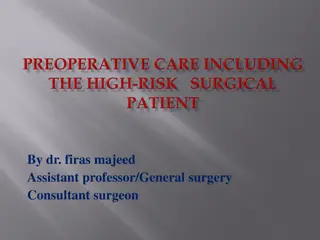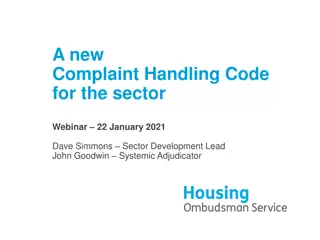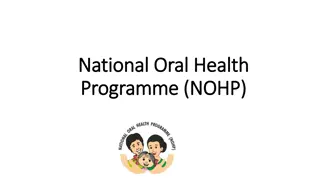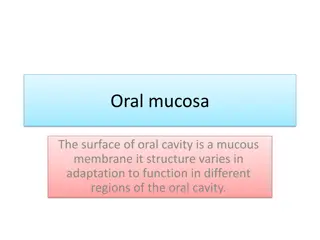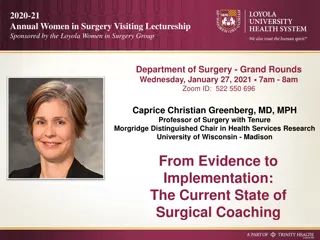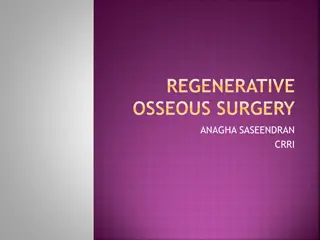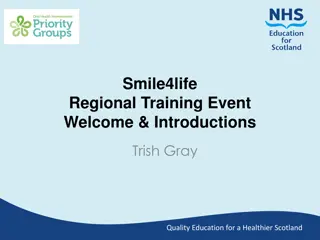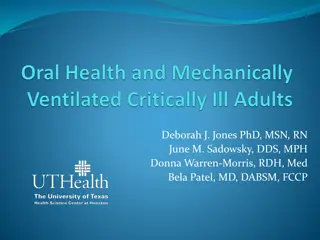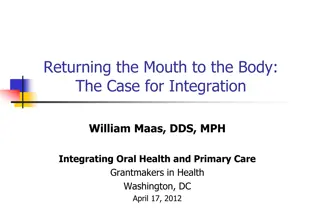Importance of Patient Introduction and Chief Complaint in Oral Surgery Diagnosis
In oral surgery, a professional and caring introduction is crucial to establish trust and gather important information from the patient. Patients should be allowed to express their chief complaints in their own words to provide a clear understanding of their symptoms. These initial stages are essential for a successful diagnosis and treatment in oral surgery.
Download Presentation

Please find below an Image/Link to download the presentation.
The content on the website is provided AS IS for your information and personal use only. It may not be sold, licensed, or shared on other websites without obtaining consent from the author. Download presentation by click this link. If you encounter any issues during the download, it is possible that the publisher has removed the file from their server.
E N D
Presentation Transcript
Oral Oral- -Surgery Surgery diagnosis diagnosis
Introduction Usually, the patient apprehensive, no matter how efficient and skilled the dentist is, he or she must make the patient feel confident. The surgeon's appearance and performance must show professionalism A hand-shake, a smile, a pleasant introduction and a caring gesture will make the contact with the patient much easier and more pleasant. This allow contacting the patient at a relatively social level, which is an important prerequisite to obtaining the rest of the history and is important before examining the patient. Introduction professionalism. (Premature physical examination of a patient may not only reduce the patient's confidence but also upset the surgeon if the diagnosis is not immediately apparent with visual examination).
chief complaint The aim of this stage is to record the patient s symptoms or problems, in the patient a general introductory question, e.g. chief complaint C/O (complaining of ) patient s s own words own words. . Use Why did you come to see us today? What Why did you come to see us today? What is the problem? is the problem? . . The patient should be allowed to describe the complaint in his or her own words, and then a full history of the presenting complaint should be established. This should be carried out using searching questions that do not lead.




